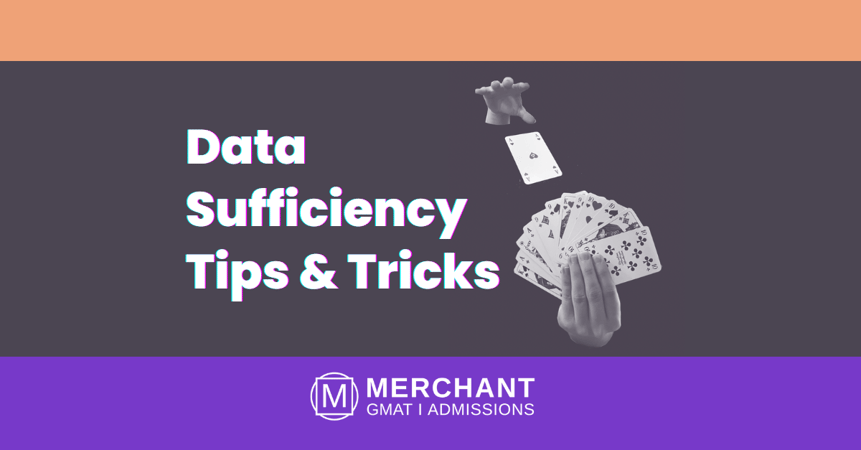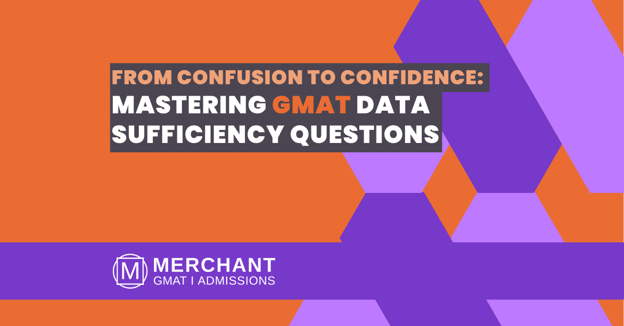The 5 Biggest Mistakes You Can Make on Data Sufficiency Questions

Data Sufficiency (DS) questions are unique in that they require you to determine whether or not the given data is sufficient to answer the question. Many students find this type of question confusing at first, but with some practice, it is possible to master this concept. There are five main mistakes that students often make on DS questions:
1) Not reading the question carefully
2) Not understanding what is being asked
3) Not using all of the information provided
4) Making unnecessary assumptions
5) Overcomplicating the question
By avoiding these mistakes, you will be well on your way to mastering DS questions!
Not reading the question carefully
Many test-takers fail to carefully read the question when approaching a DS problem, often just scanning it for the prompt without taking in all of the necessary details. This can lead to unnecessary mistakes or a missed opportunity to use the given information effectively. Careful reading of each DS question before diving in is crucial for success on standardized tests such as the GMAT. Skimming will only take you so far! It's much more valuable to focus your energy on internalizing what you are being asked rather than simply counting points and trying to come up with an answer quickly.
Not understanding what the question is asking
As a student, not understanding what a DS question is asking can be incredibly frustrating. At first glance, it may appear to be more complex than other types of math questions, such as Problem Solving (PS). However, don't forget that the underlying math concepts in DS questions are similar to those used for PS; the difference is just in the form of the question itself. With practice, you'll soon get comfortable with the form and be better able to recognize what each unique question is asking from you.
Not using all of the information provided
Solving DS questions can be challenging if you do not use all of the information provided. Many students make the mistake of only using part of the data, which often leads to incorrect answers. To successfully answer DS questions, it's important to take into account all of the given information but also understand how that data is related. With practice, you will come to recognize patterns in data and know what kinds of questions to ask yourself in order to find a solution. Building skills this way requires patience and focus, but it will pay off in the end with improved scores on problem solving tests.
Making unnecessary assumptions
When it comes to DS questions, it is important not to make unnecessary assumptions. Asking yourself the wrong questions or attempting to answer a simpler version of the problem can lead you down a path that does not help you reach an accurate conclusion. When dealing with DS questions, it is best to stay focused on the actual conditions given in the problem and to avoid making assumptions that may be alarming but ultimately irrelevant. Taking this approach will give you a better chance at figuring out what data is needed to answer the question correctly.
Overcomplicating the question
DS questions may appear complicated at first, but in reality the math concepts on which they are based are no more complex than those of PS questions. It is the particular format of DS questions that can lead to some confusion initially. Fortunately with practice, students can understand how to read and interpret these questions in order to determine which information is sufficient. It is also helpful to remember that DS questions are not necessarily looking for an answer; instead, they ask what mathematical concepts are necessary or sufficient in order to make a conclusion. With careful reading, you can get comfortable with DS questions and understand why these types of questions appear on the tests.
Overall, if students approach DS problems with the same skills and acumen as PS questions, then they will be able to get the right answer! The key is to always read the question carefully, understand what it's asking you, refrain from making any assumptions beyond what's been given, and use all of the given information. Keep your approach simple and consistent and success will follow.
These principles can also apply to other sections of the GMAT too. For example, you can apply a similar approach when taking Verbal Reasoning questions where you should actively focus on substantial information while ignoring irrelevant details in a passage. Ultimately, practice makes perfect, so dedicating time to familiarizing yourself with each section of the GMAT is important.
To master these strategies and tactics for maneuvering around challenging questions on the GMAT, you might have to look towards increasing your difficulty level or adjusting your timing strategies. For extra support with all this or for more specialized help tailored towards your goals for taking the test—get in touch with Merchant GMAT & Admissions! We are here to help guide students through the entire process, starting from deep preparation for test day all the way up until getting accepted into your dream school program.





